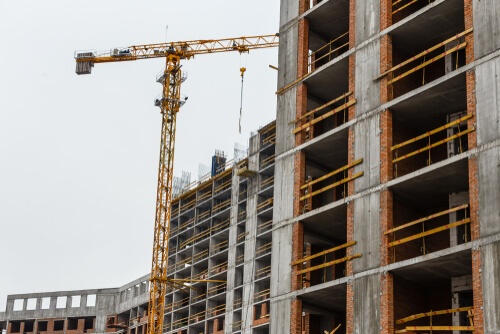Reinforced autoclaved aerated concrete (‘RAAC’) was commonly used in the construction of government and local authority buildings, including military installations, schools, hospitals, housing and other buildings throughout the 1950s – 1990s. This lightweight form of concrete was often installed in the roofs, floors, walls and cladding to such buildings.
It has been recognised, for several years now, that RAAC is not as robust as traditional concrete and, overtime, is prone to deflection. In addition, as a consequence of its porous nature, reinforced steel contained therein is far more vulnerable to corrosion, which in turn can lead to further structural problems. There have been multiple reports of buildings which have suffered significant structural problems / collapse, the cause of which has been attributed to RAAC.
This problem is deemed sufficiently serious and widespread to have warranted the Local Government Association advising its members to check as a matter of urgency whether any buildings in their estates have roofs, floors, cladding or walls made of RAAC. The Department of Education has similarly issued guidance for schools to identify and to seek specialist advice to assess and manage RAAC constructed buildings. The Department of Health and Social Care has in the meantime already announced funding for the replacement of a number of RAAC built hospitals.
A government inquiry into the use of RAAC concrete in schools was launched last year and it was reported on 15 June 2023 that this inquiry is to be expanded in order to include the whole public estate.
Further updates will follow. However, and for our housing association clients especially, it must be noted that RAAC constructed buildings which were built in the mid-1990s onwards and which are assessed to be unstable or otherwise pose a risk to the occupants may well fall for consideration under the Building Safety Act 2022 which prescribes a retroactive 30 year limitation period for pursuing claims against those persons or entities who took on work in connection with a dwelling.



